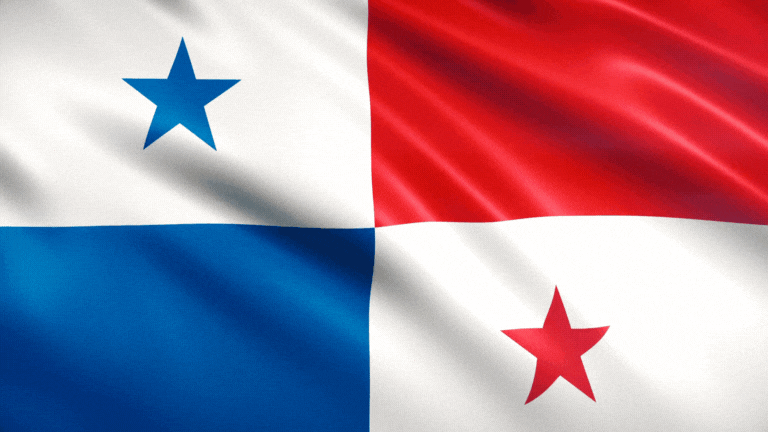Please be aware that this article may contain links to products and services we recommend. If you click on any of these links, we may earn a commission at no extra cost to you. We only endorse products and services that we believe will add value to our readers. Learn more here.
Panama Flag: History & Symbolism
Hack The Quiz
7/4/20242 min read
This article explores the history and symbolism of the Panama flag, highlighting Panama’s location in Central America and explaining how the flag’s design represents the country’s peace, strength, and political balance.
Where is Panama?
Panama is located in Central America, bordered by Costa Rica to the west and Colombia to the southeast, with the Caribbean Sea to the north and the Pacific Ocean to the south. Panama is most famous for the Panama Canal, a vital waterway that connects the Atlantic and Pacific Oceans, playing a crucial role in global trade. The country’s geographical position makes it a strategic link between North and South America.
Panama gained independence from Colombia on November 3, 1903, with the help of the United States, which sought to construct the Panama Canal. The national flag, adopted shortly after independence, reflects Panama’s aspirations for peace and its unique position as a crossroads between two oceans and continents.
The History of the Panama Flag
The flag of Panama was officially adopted on December 20, 1903, after the country declared independence from Colombia. The flag was designed by Manuel Amador Guerrero, Panama’s first president, with help from his family. The flag’s design was meant to symbolize the balance of political power between the two main political parties in Panama—the Liberals and the Conservatives—while also representing peace and strength.
The four quadrants of the flag were carefully chosen to reflect Panama’s ideals of unity, its peaceful aspirations, and the hope for political stability. Since its adoption, the flag has become a powerful national symbol, embodying the country’s independence and sovereignty.
Breaking Down the Panama Flag’s Design
The Panamanian flag consists of four quadrants—two white squares, a red square, and a blue square. One white square contains a blue star, and the other contains a red star. Each element of the flag has significant meaning tied to Panama’s history, political balance, and values.
Let’s break down the elements of the flag:
The White Squares
The two white squares represent peace and purity. White reflects Panama’s desire for harmony and equality among its people and its political systems.
The Blue Star
The blue star, located in the top left quadrant, represents the Conservative Party, one of the two major political factions in Panama. Blue also symbolizes purity and honesty, reflecting the country's ideals.
The Red Star
The red star, found in the bottom right quadrant, represents the Liberal Party. Red symbolizes the strength and determination of the Panamanian people as they built an independent nation.
The Blue and Red Squares
The blue and red squares represent the political balance between the two major parties. The design reflects the hope for unity and peaceful coexistence between differing political ideologies, ensuring stability and growth for Panama.
Final Thoughts
The flag of Panama is a meaningful symbol of the country’s aspirations for peace, political balance, and unity. The white squares represent the country’s commitment to harmony, while the red and blue stars and squares highlight the importance of maintaining a balance between the country’s political factions.
Since its adoption in 1903, the flag has been a cherished emblem of Panama’s national pride, flown during important events such as Independence Day on November 3 and during international events. It stands as a reminder of Panama’s unique history, its peaceful values, and its strategic role in global trade.
Expand your mind ...
Explore trivia that broadens your understanding and knowledge of the world.
WE ARE HERE FOR YOU
JOIN US and hack the quiz
info@hackthequiz.com
© 2024. All rights reserved.



